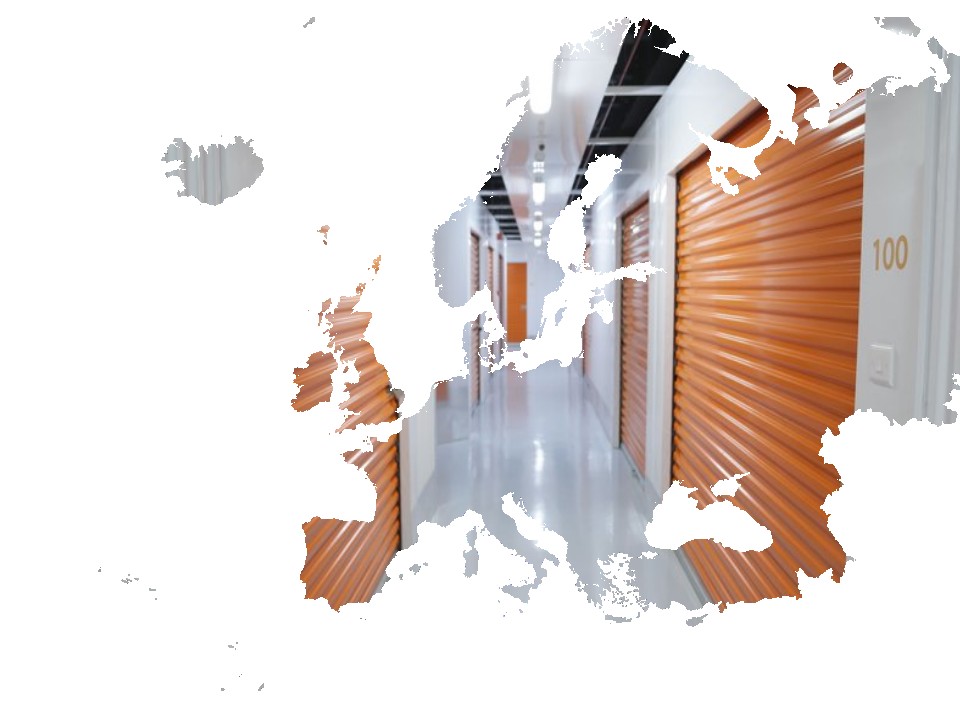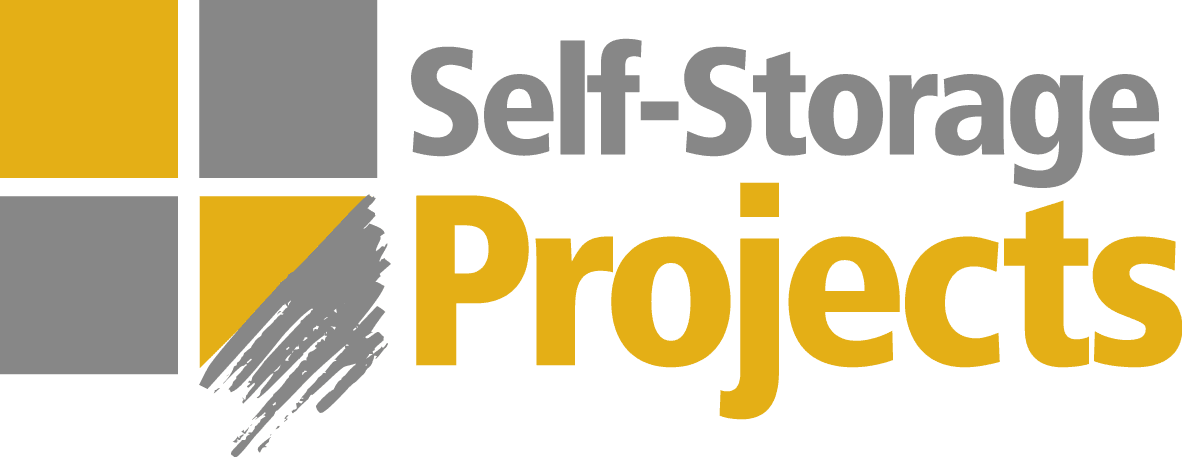Europe’s Self-Storage Market: A Rising Star for Institutional Investors

In recent years, the European self-storage market has transitioned from a niche segment of the real estate industry into a key focus for institutional investors. With urbanization, limited housing space, and the growing appeal of flexible storage solutions driving demand, the sector has demonstrated impressive resilience and growth, even amid broader economic uncertainty. Today, Europe’s self-storage industry stands as a robust and attractive investment opportunity.
An Undersupplied Yet Growing Market
The European self-storage industry has historically lagged behind its counterpart in the United States, where per-capita storage penetration is nearly five times greater. In Europe, there is just 0.2 square meters of storage space per capita compared to 0.9 square meters in the U.S. (FEDESSA Annual Report, 2024). However, this gap has been narrowing as operators expand into key urban markets, driven by rising awareness and demand.
Regions with higher penetration, such as the UK and France, have seen steady growth through both acquisitions and organic development. For example, Shurgard’s acquisitions in London and Paris, coupled with Safestore’s continued expansion in Southeast England, have cemented these countries as self-storage hubs (Shurgard Corporate Report, 2024, Safestore Corporate Report, 2024). The UK remains the largest self-storage market in Europe, accounting for 34.6% of all facilities, with occupancy rates often exceeding 90% (FEDESSA Annual Report, 2024).
Emerging Markets with Untapped Potential
Despite growth in more mature markets, the European self-storage market remains far from saturation. Countries like Spain and Italy, where penetration rates are well below the European average, present significant opportunities for expansion. In Spain, the number of facilities has doubled over the last five years, driven by growing urbanization and changing lifestyles (CBRE Self-Storage Insights, 2024). Italy, which recently attracted joint ventures from global players like Nuveen and Safestore, is another market with untapped potential (Safestore News). Germany, despite its size, remains underpenetrated compared to its neighbors, making it a key target for institutional investors (FEDESSA Annual Report, 2024).
Urbanization Drives Demand
Across Europe, urbanization has been one of the biggest drivers of self-storage growth. Many urban residents face limited living space, with the average home size in the UK at just 76 square meters compared to 216 square meters in the U.S. (CBRE Self-Storage Insights, 2024). The shift towards remote working has only amplified this trend, as households increasingly require space for home offices, further reducing available storage at home. Cities like Paris, Barcelona, and Milan have seen particularly strong demand, with new developments rapidly filling capacity in these areas (FEDESSA Annual Report, 2024).
Businesses Fuel Growth
Businesses account for over 30% of self-storage customers in Europe, with e-commerce companies, tradespeople, and startups relying on these facilities for inventory and operational flexibility. The rise of online retail has been a major contributor, as small and medium-sized enterprises seek scalable, cost-effective alternatives to traditional warehouse space.
Institutional Investment on the Rise
Institutional investors have played a pivotal role in transforming the self-storage landscape in Europe. Over the last few years, several high-profile acquisitions have reshaped the sector. Shurgard has expanded its footprint across Germany, the UK, and France, while Nuveen has partnered with Safestore to enter the Italian market through the acquisition of Easybox. Hines, a global real estate investment firm, recently made its debut in European self-storage by acquiring a portfolio in England (Shurgard Corporate Report, 2024, Safestore News, Hines News).
This influx of capital has not only driven consolidation but also spurred innovation. Operators are adopting digital solutions such as automated access systems, online reservations, and data-driven management tools to improve efficiency and customer experience (FEDESSA Annual Report, 2024). Sustainability is also becoming a key focus, with many operators incorporating energy-efficient technologies and renewable energy systems.
A Promising Future
For institutional investors, private equity firms, and major real estate funds, the European self-storage sector offers a unique combination of stability, growth, and scalability, making it an increasingly attractive asset class. One of its key appeals is its non-discretionary nature, which ensures consistent demand even during economic downturns. Unlike other real estate sectors that are more closely tied to economic cycles, self-storage benefits from steady demand drivers such as urbanization, life transitions, and business needs, making it highly resilient in times of uncertainty.
Additionally, self-storage boasts strong operational margins due to its low staffing requirements and scalable business model. Facilities are often designed to accommodate both current demand and future growth, with minimal additional investment. This combination of high efficiency and predictable cash flows is particularly attractive to private equity firms seeking stable, recurring revenue streams.
For major real estate funds, self-storage offers diversification and favorable risk-adjusted returns. The sector’s low penetration in Europe compared to the U.S. provides ample room for expansion, and the opportunity for portfolio aggregation allows institutional investors to consolidate fragmented markets, unlocking economies of scale. Furthermore, the scarcity of well-located land and zoning constraints create high barriers to entry, which protect existing operators and support long-term rental growth.
Rising institutional interest has also driven innovation within the sector, with many operators adopting advanced technologies such as automated access systems, remote monitoring, and dynamic pricing models. These advancements enhance operational efficiency and align well with the long-term value-creation strategies pursued by private equity and institutional funds. As sustainability becomes a core consideration for investors, self-storage’s ability to integrate eco-friendly practices, such as energy-efficient lighting and renewable energy systems, adds another layer of appeal.
With strong fundamentals, high demand, and significant growth potential in underpenetrated markets, the European self-storage industry is uniquely positioned to deliver exceptional returns for years to come. For institutional investors and private equity firms seeking a defensive yet high-growth asset class, self-storage stands out as a compelling investment opportunity.
